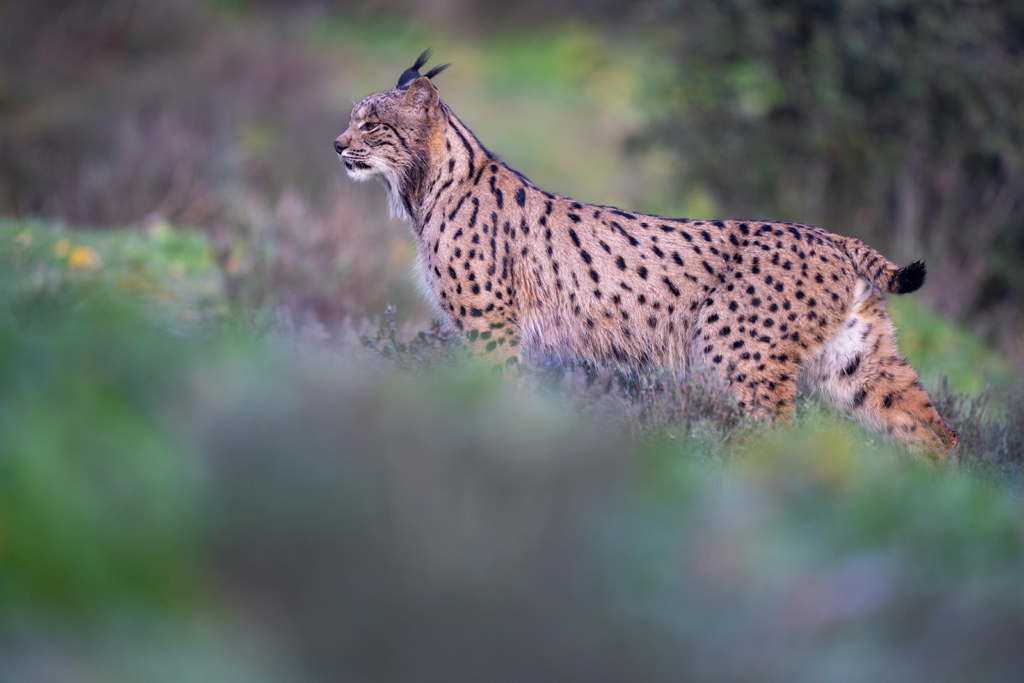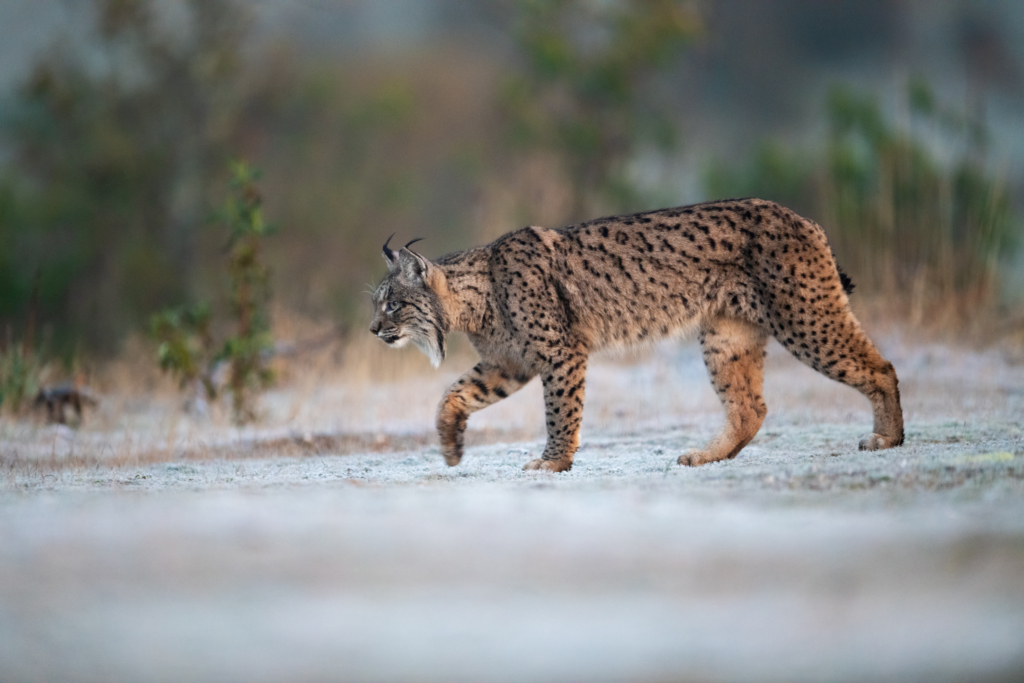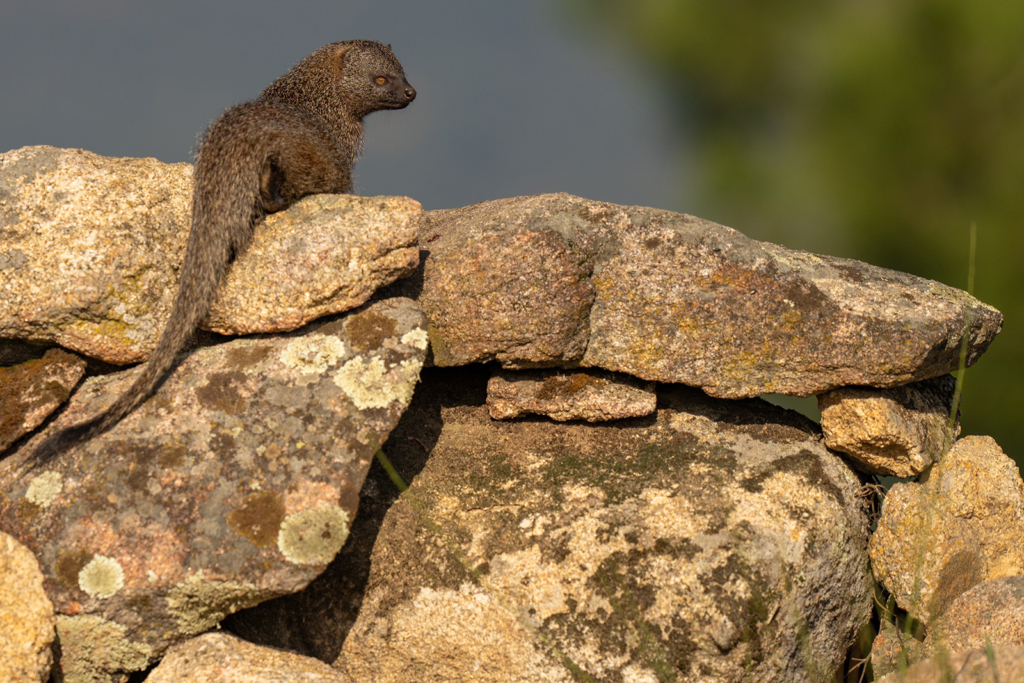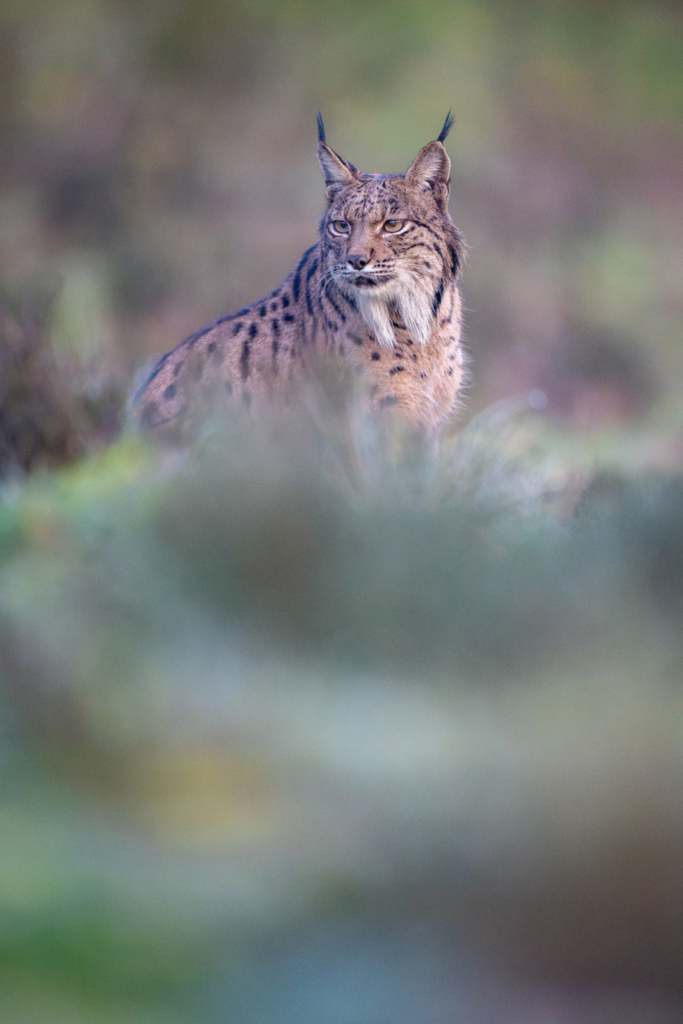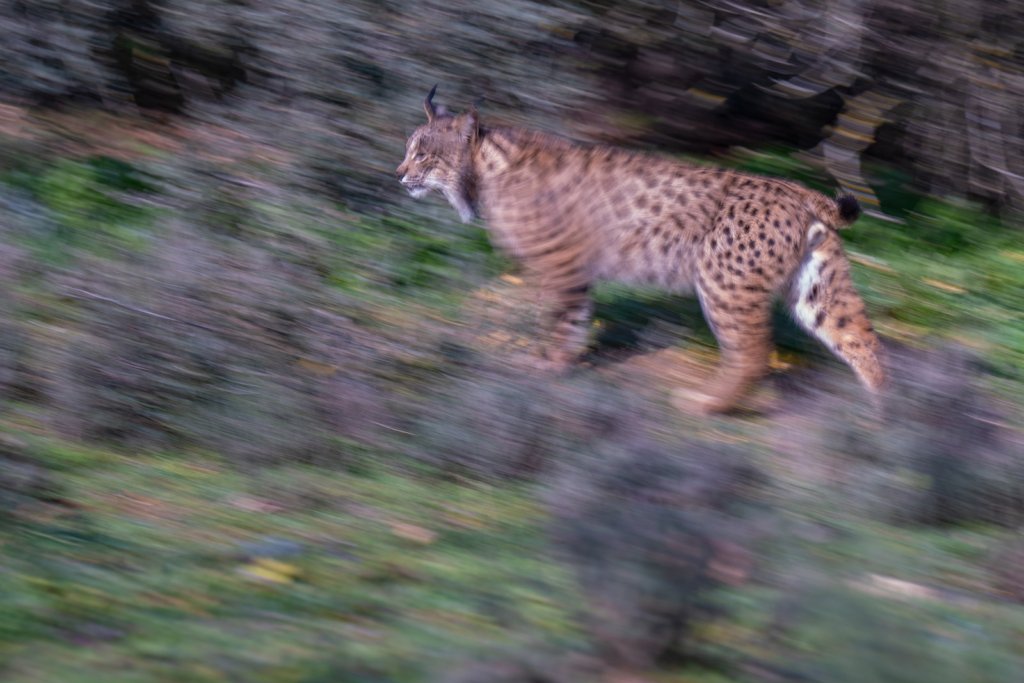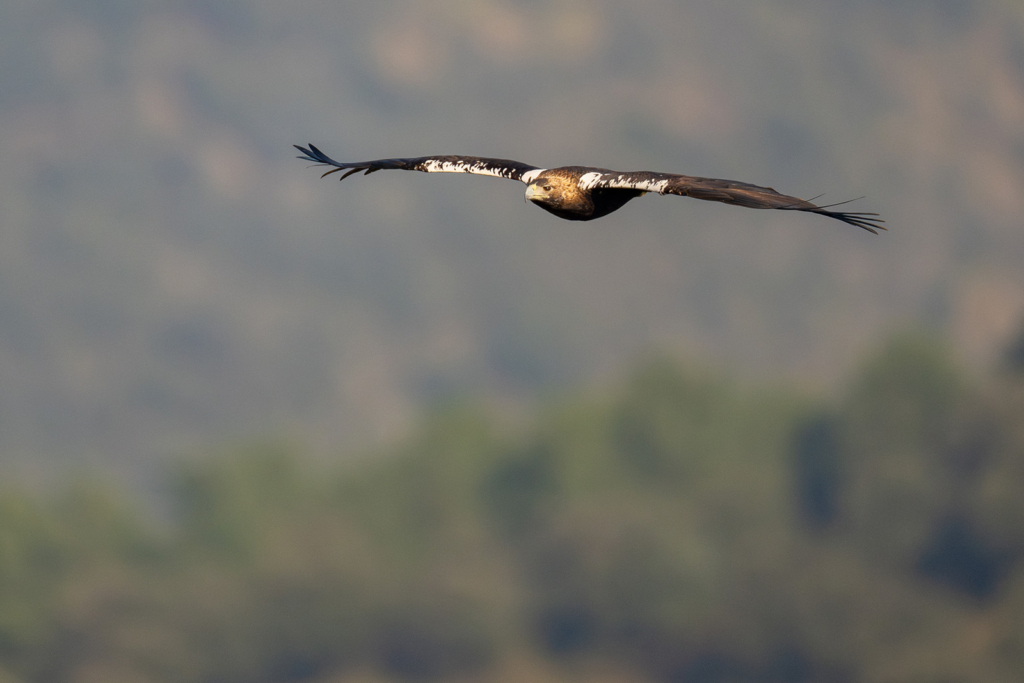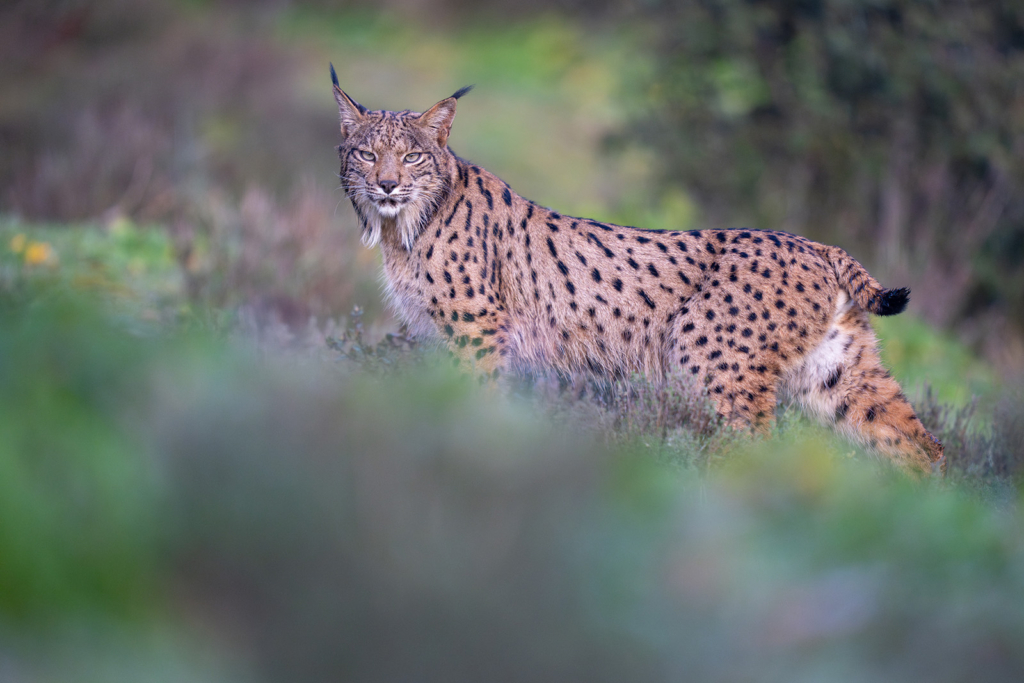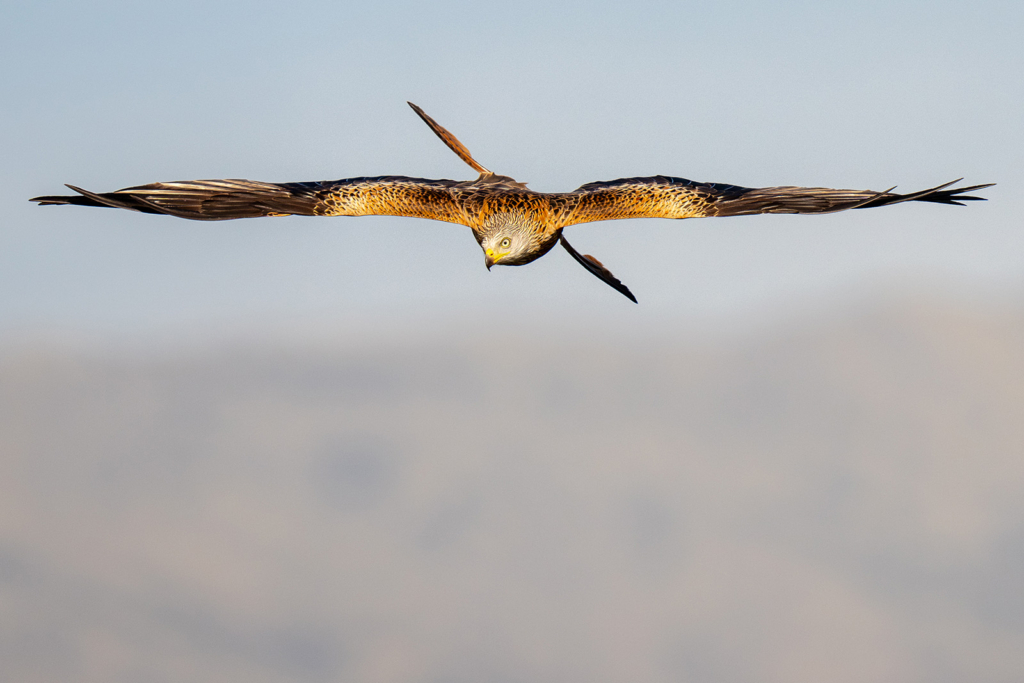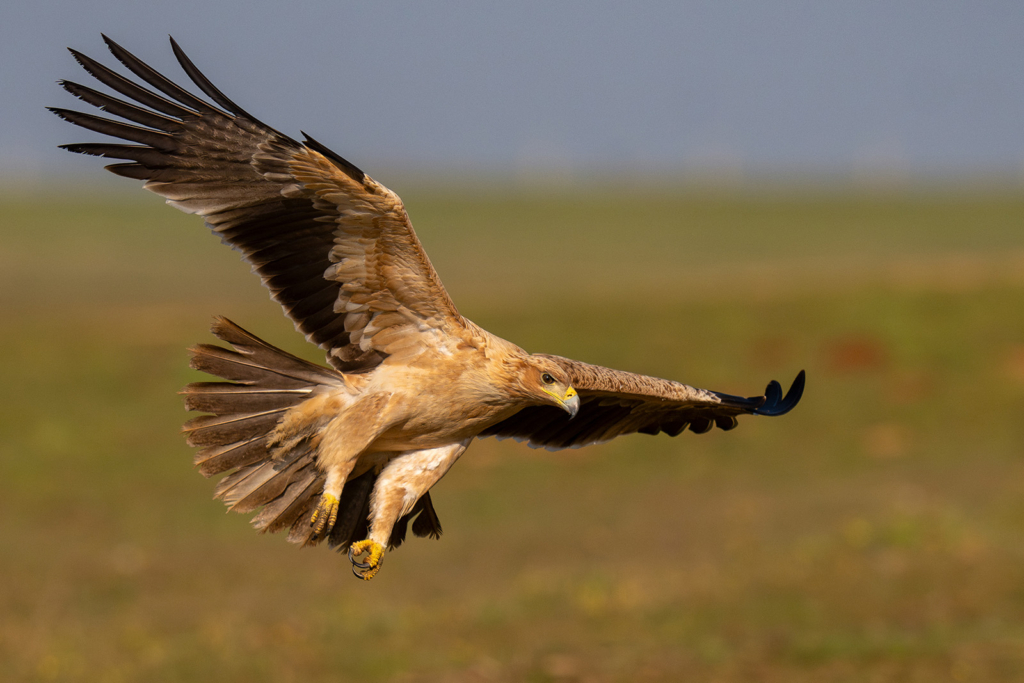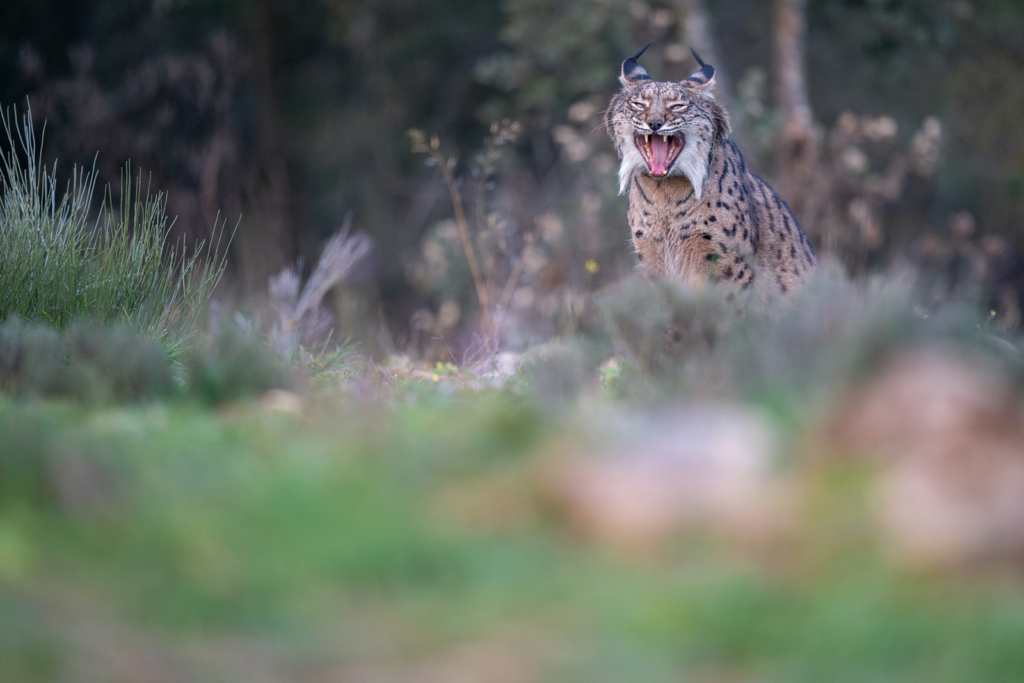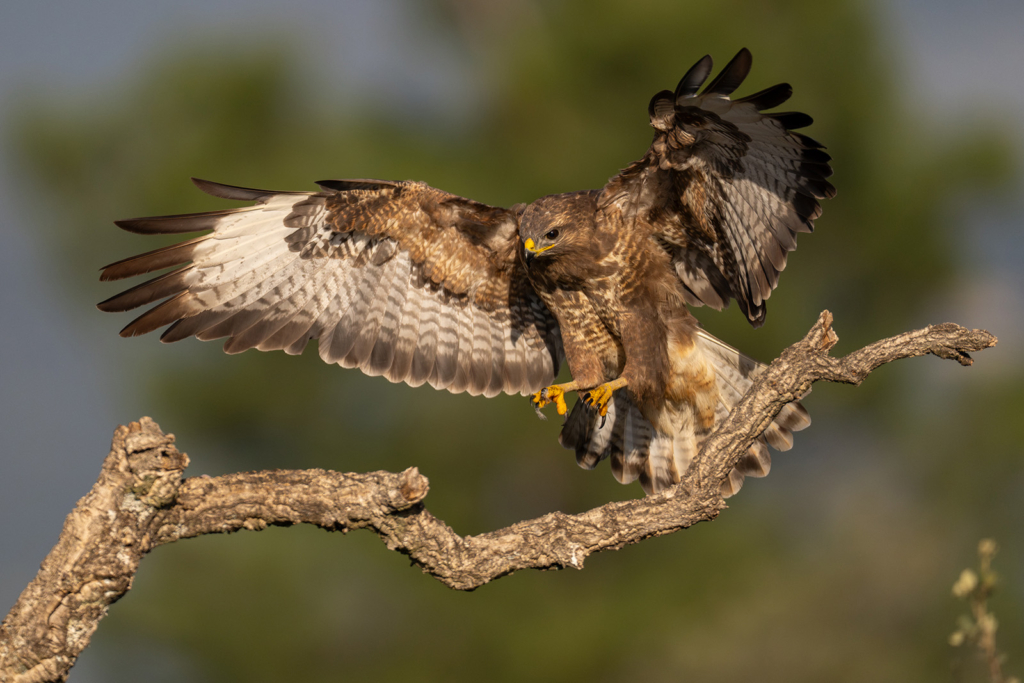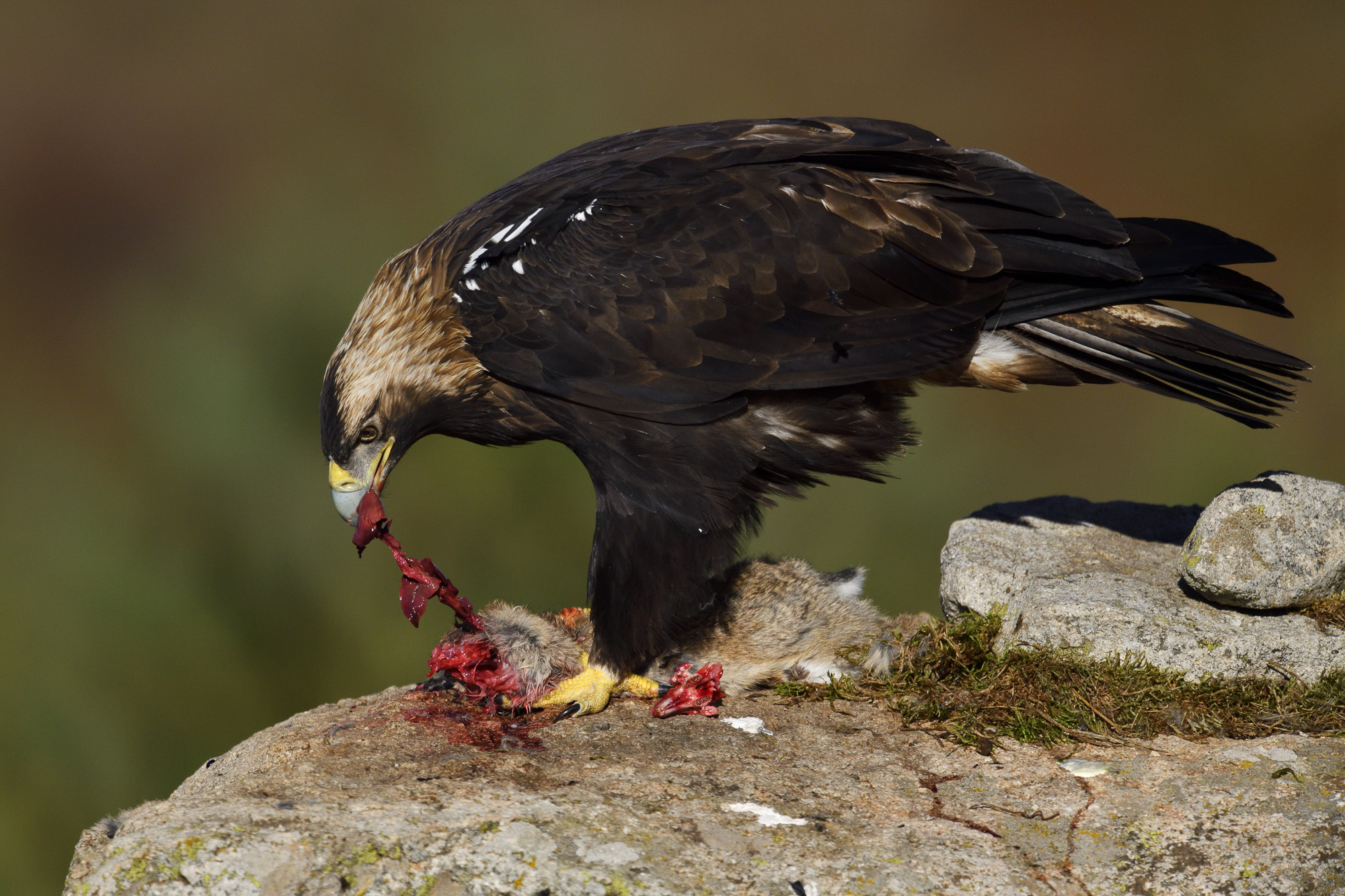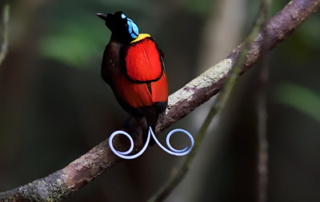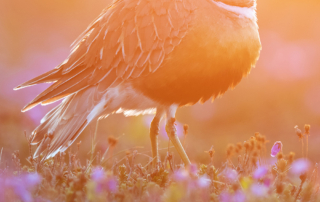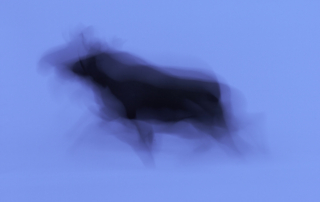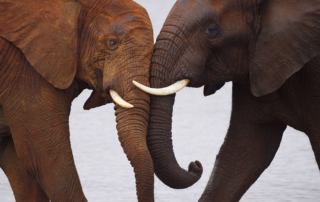Extend your tour with – Iberian ibex, black and griffon vulture bonanza in Spain 1st – 3rd November 2025.
Read more here…
SOME HIGHLIGHTS
- You should get to see a wild Lynx at least once in your life! We can provide you with what is probably the best opportunity so far
- Well-proven photo hides for Iberian lynx, the World’s rarest cat, on one of the best location in Spain for it
- This is a fantastic place where we can, with high probability, photograph Iberian lynx at very close range, during a very active time of year for them
- Four days in special made hides with full focus on Iberian lynx
- One day with great photo opportunities of the magnificent Spanish Imperial Eagle, Red kite and the unique Egyptian Mongoose
- If you want you can exchange one day of Iberian lynx photography for a day in a hide for birds of prey instead, with good action photo opportunities on Red kite, buzzards, Marsh harrier, Iberian magpie and often aslo griffon vultures and golden eagles
- Flexibility and freedom, we stay at the same place all the time, centrally in the area
- As far as we know, we are the only Swedish tour operator that offers photo tours for Iberian lynx here
- The tour leader will show you his favourite sites and provide photographic advice, in a small like-minded group
- And remember, we’ve always been there before!
CASTILIA – LA MANCHA
This tour takes place in the province of Castilia-La Mancha, located in central Spain, just southwest of Madrid, near the city of Toledo. We will stay in a private area that is part of a Natura 2000 nature reserve. A mosaic of agricultural and pasture lands, hills and forest patches. With the majestic, often snow-covered mountains of the Sierra de Gredos in the background. Eagles and vultures can be seen as silhouettes against the blue sky and in the area we can find typical Mediterranean birds such as heron, minver owl and blue jay. This is an extremely raptor-dense area, almost of African proportions. For the nature photographer, an area with fantastic photo opportunities. The photo hides are very well organized and well run in, so that animals and birds are used to people in them. There is a solid population of the endemic Iberian ibex in the Gredos mountains.
THE MYTHICAL IBERIAN LYNX
is now a very rare, threatened species. In fact, it is one of the rarest cats in the world. It is hard to describe what it is like to meet this charismatic, elegant cat. It is like a cross between a Tiger, Leopard and domestic cat. Golden eyes that seem to stare right through you, with a fantastic coat and side-burns. When you see it walking, gracefully but powerfully, you realize that you are witnessing something extraordinary, that you will remember for the rest of your life. Most photographers get an extra kick out of framing an Iberian Lynx in their viewfinder. A real adrenaline boost!
Our previous tours to Spain to photograph Iberian lynx has been among the very first ones offered in Europe that specifically focus on photographing Iberian lynx in the best way, at the best time and up close. We have been very successful and have tried a few different places. So far, none of our participants who have been with us every day on the trip has missed out on photographing the Iberian lynx. on this tour will we focus on trying to get them close, in good light and against a nice background, from fixed hides, instead of just trying to see them from some driveway or parking lot. The hides are located in places that the Iberian lynx most often frequent. In January is mating season and you can get lucky to see and photograph the courtship.
Just as with all wild animals, you never quite know what will happen, but we promise that you will not get better chances of photographing wild Iberian Lynx. In addition this is the time of year when they are most active, and we are in the place where they often pass by and hang out. About 6-8 individuals occur in the area, providing good chances. Normally the Iberian lynx will appear at the hides with a certain regularity, if you spend three days in a hide you normally get to see them. Sometimes even more often than that, but you never know. This is way we opt for four days in hides for the Iberian lynx.
PHOTOGRAPHING IBERIAN LYNX
Photographing one of the World’s rarest cats is of course no guarantee on this tour. We can only guarantee that we are probably at one of the best places in the world to do that, during the best time of year, in well-proven successful hides. In addition we have a very knowledgeable local guide who knows which hides are the most frequented recently. Observation frequency is high, but can by no means be guaranteed.
Patience and perseverance are two qualities that will be useful during the stay here. Our aim is to be in the hides from morning to evening, because the Iberian Lynx can show up at any time. We have five full days in the reserve, in order to maximize the opportunities. Hides are placed at strategic places where many Rabbits occur, and where the Lynx often appear. If a Lynx does come along, it is because it has chosen to come to hunt or to find its partner.
The Iberian Lynx is relatively shy and only appears for short moments, but will at the same time sometimes just lie and enjoy the sun. It is sensitive to noise, so it is important to be as quiet as possible.
In addition, it is important to be observant and patient. Remember that you are waiting for one of the World’s rarest animals. This is no zoo, and that’s the way it should be.
In addition to hides for the Iberian lynx there are alos hides for birds of prey and not to forget Spanish imperial eagle and Egyptian mongoose.
YOUR TOUR WILL HELP THE IBERIAN LYNX SURVIVE
As nature photographers, it is our duty to try to help and support nature conservation work.
On this tour, you do it in at least two ways. Partly by actually going there and paying a fair price locally, we show in action that Iberian lynx creates income, jobs and business. Partly because the pictures we take and then spread on social media etc. contribute to making the world more aware that this fantastic animal and the diverse landscape in which it lives still exist and must be preserved for the future. The local organizer also works closely with the scientists and those trying to save the pantherlon.
By photographing the Iberian lynx here, you help it survive!
Some evenings will the photographic leader show images, give talks and talk about things like camera technology and some important luxury tips for the nature photographer. This could be anything from how to best approach wild animals to how to most appropriately set camera functions such as autofocus and flash or how to interpret the histogram for the best exposure. We will also look at and discuss the participants’ photos. The group is small, so there is a lot of time for everyone to discuss photos with the photographic leader during the tour.
Itinerary
Day 1 (26/10) (Dinner)
Madrid-Talavera de la Reina
We meet up no later than 13.00 at Madrid’s Barajas Airport (MAD), and travel about 1 ½ hours to the small town of Talavera de la Reina. Overnight and dinner at the hotel.
Day 2 – 6 (27 – 31/10) (Breakfast – Lunch – Dinner)
We will spend five full days in the lynx and eagle country around Talavera de la Reina.
Here is the otherwise extremely rare Iberian lynx relatively numerous and the hides we use provides us with some of Europe’s best chances to photograph them up close. We spend four days in well working Iberian lynx hides. This gives us a very high chance to get encounters with one or more Iberian lynx. We use different hides every day. You also get a day in what is probably Europe’s best hide to photograph Spanish imperial eagles and Egyptian mongooses from. You also have the opportunity to exchange one of the days in the hides for Iberian lynx for a day in a fantastic bird-of-prey hide, with species such as Red kite, Marsh harrier, buzzard and sometimes a griffon vulture or Spanish imperial eagle. The area is rich in wild rabbits and typical Mediterranean forest birds, such as Iberian magpies. Overnight and dinner at the hotel.
Day 7 (1/11) (Breakfast)
Talavera de la Reina – Madrid
Breakfast at the hotel, then transfer back to Madrid airport or train station.
Photographic leader
Staffan Widstrand, born in 1959 is a photographer and writer. Sony Imaging Ambassador.
Staffan is one of Sweden’s internationally most recognized photographers. In 2011, Outdoor Photography Magazine called him ”one of the most influential photographers in the world”. Appointed ”Wildlife photographer of the year” in Sweden and a winner of international photo competitions, such as:
Wildlife Photographer of the Year
European Nature Photographer of the Year
Emirates Wildlife Photographer of the Year
Årets Bild i Sverige
PGB Awards
Staffan has been on the jury of several international photo competitions and was one of the main jury members in World Press Photo 2013.
Published in most of the major magazines in the world, such as National Geographic Magazine, GEO, Stern, Der Spiegel, Le Figaro, La Repubblica, El Mundo, El País, Natur, Terre Sauvage, Animan, Veja Brazil, The Guardian, The Sunday Times, FOCUS, Yomiuri Shimbun och Shanghaibaserade The Bund Pictorial.
Staffan has had international solo or group exhibitions in Toronto, at the Swedish Embassy in Tokyo, at Tromsø Museum, at Bodø Museum, at the Kunst-und Ausstellungshalle in Bonn, Oslo City Hall, Finlandia Hall in Helsinki, the Swedish Embassy in Washington, in Mérida, Mexico, in Mexico City, in Salamanca, Spain, at the National Zoological Museum in Beijing, in Chengdu, Tianjin, Shanghai and Shenzhen, China, at the National Museum of Wildlife Art in Jackson Hole, the museum of Torino, Italy as well as major outdoor exhibitions in The Hague, Prague, Berlin, Madrid, Copenhagen and Stockholm. In Sweden, he has had exhibits at Kulturhuset in Stockholm, the regional museums in Kristianstad, Luleå and Malmö, at Fotomässan in Gothenburg and in Stockholm, as well as at the Skansen, Kolmården and Borås Zoos, at Hornborgasjöns Konsthall and at Bränneriet Art in Österlen.
Staffan has published 18 books, four of which have been winners of the WWF Panda book award.
A picture editor at Natur & Kultur publishers in Stockholm for 5 years, a nature tour guide and tour production manager all across the world for many years. Appointed as Visiting Professor at the Beijing Ministry of Culture Old University, and he is also one of the founders of a possible ”Wild Wonders of China” initiative.
Staffan is a member of the Swedish Nature Photographers Association (Naturfotograferna/N)
Webpage: www.staffanwidstrand.se
www.wild-wonders.com
www.rewildingeurope.com
www.de5stora.com
www.wildwondersofchina.com



